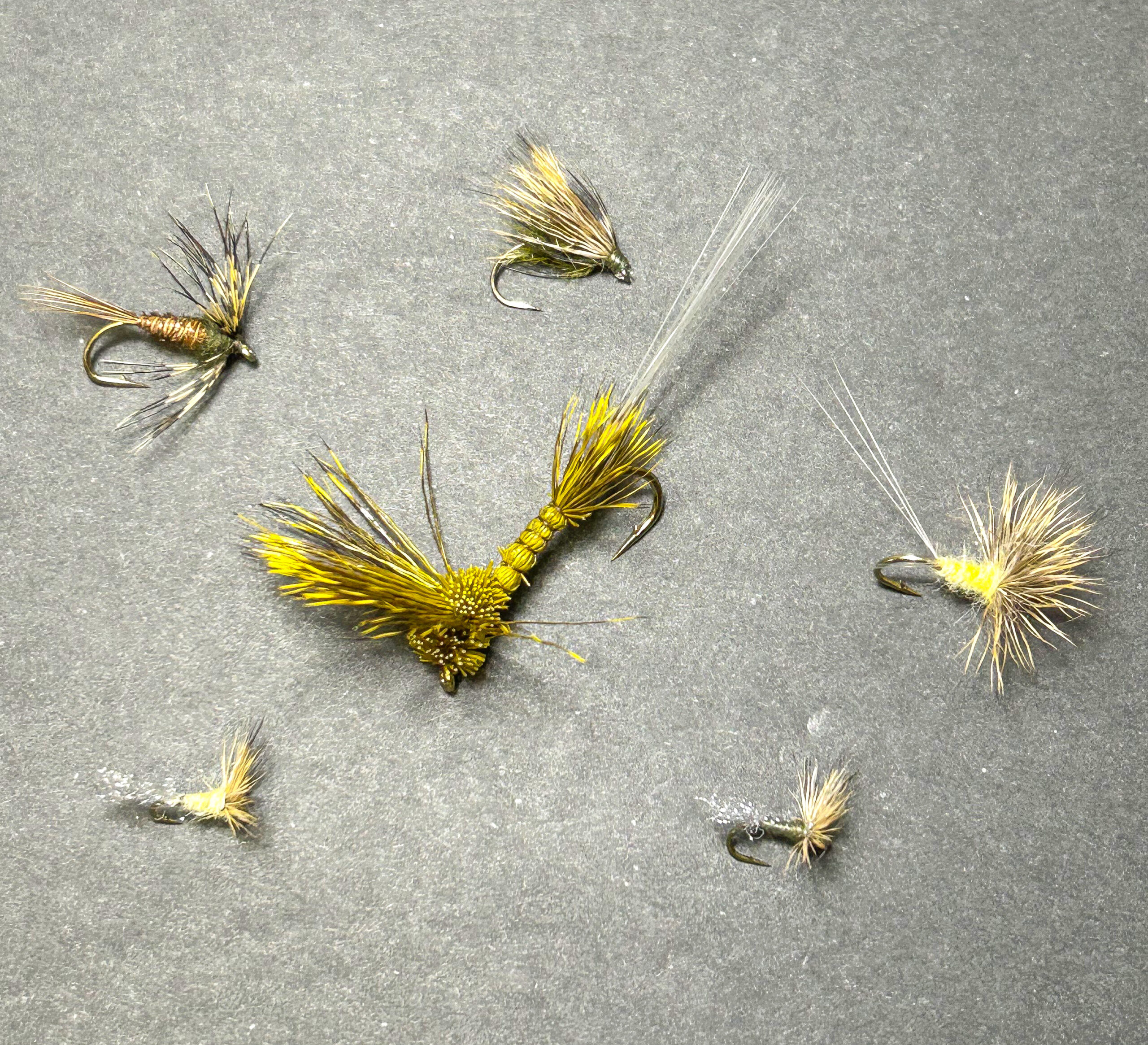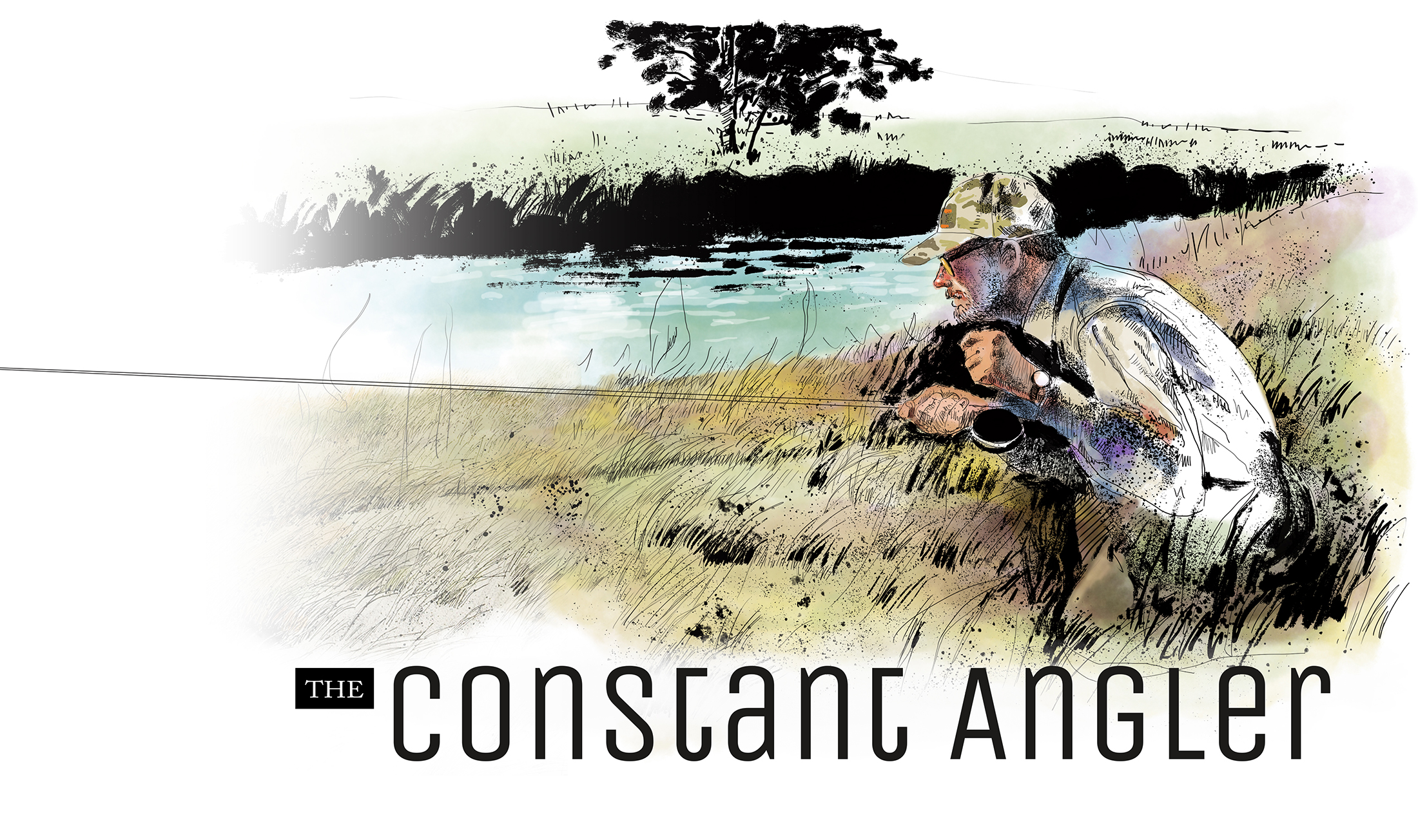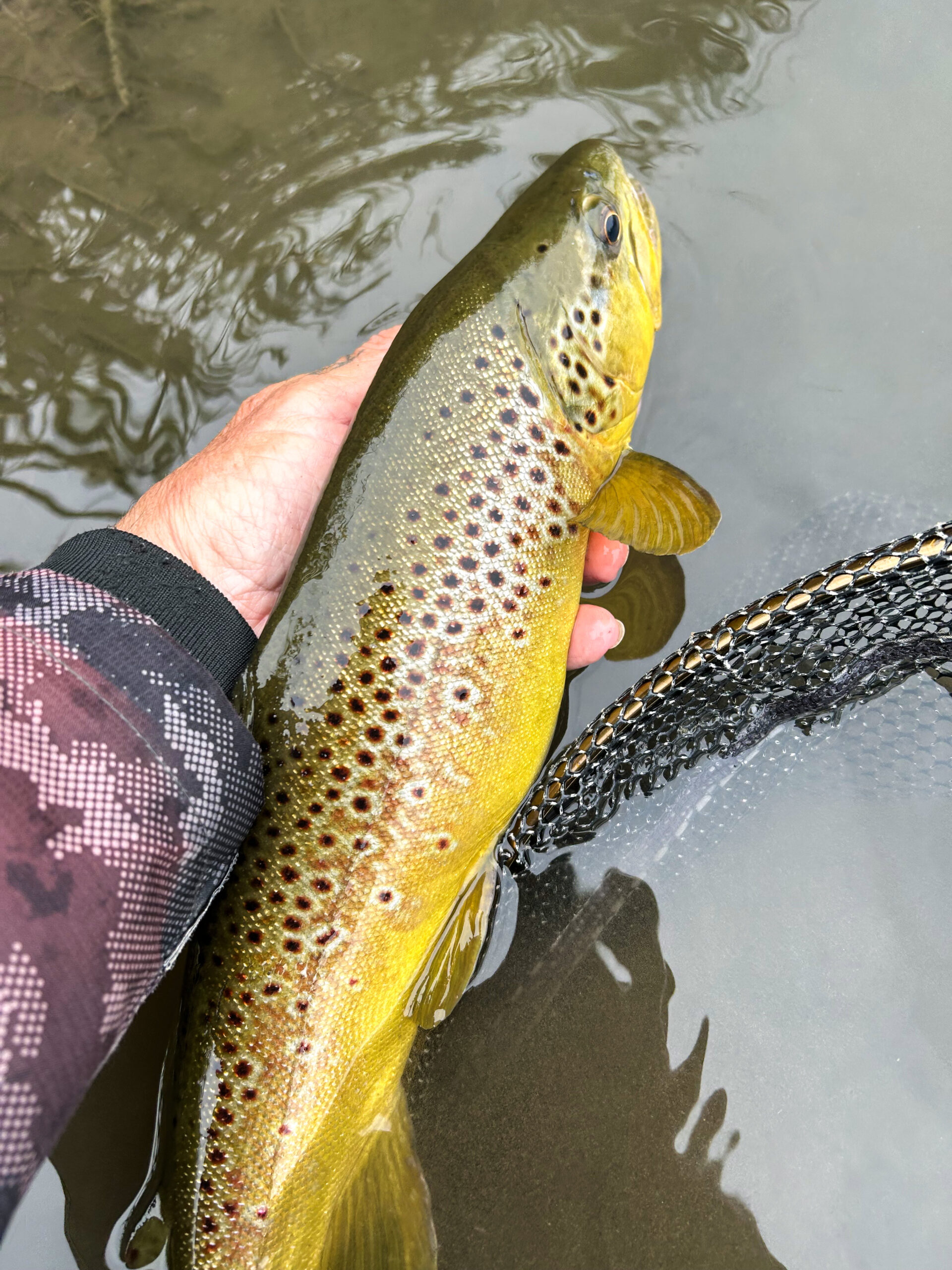June, days are warmer, longer. It’s soup time, bug soup that is. During the evenings, on the streams I fish, one can see as many as four or five different insect species, all of them taking their turn at tempting the trout to feed. The fish have become accustomed to this evening parade of delectables and lie along the banks and in the riffles waiting for the different menu items being offered. The fly box needs to be loaded with several different offerings and the angler needs to be ready to switch patterns at any moment.
My first piece of advice is to learn a couple of different stretches of water well. Depending on the stream you’re fishing the insect hatches can vary and what works on one piece of water may not work on the other. On my home waters I can find three different bug scenarios within a two mile stretch of water. The only bug I can expect on all three will be the evening Caddis with the only difference being the intensity of the hatch itself.
Most of my evening fishing is going to be on the surface with one exception that we’ll discuss later. Here is what I’m fishing now and should get me through the end of June.

#18 Olive Sparkle or Comparadun: Because, why not ? I’ve come to believe that some species of Baetis hatch just about every day. When in doubt……
#18 Yellow/Cream Sparkle or Comparadun and Spinner: Right or wrong I call them Pale Evening Duns. On certain streams I fish this hatch can be the main attraction. I always start with the dun and that will work for a while but on most evenings, at some point, the fish will switch over to feeding on the easily attainable Spinner even though duns are still present. The angler must be observant and recognize this change or hook ups will drop immensely.
#14 Yellow/Cream Comparadun: As the evening progresses the smaller Mayflies will begin to decline. On some streams the next course off the menu will be Sulphurs. On my waters I never see a heavy, concentrated hatch. They tend to hatch sporadically throughout the afternoon and into the evening. However, at dusk they return to finish up their business and find their way back to the surface of the stream. I seldom fish the Spinner imitation, at this time of the night I find they will usually eat the dun just fine.
#16 Caddis: About the same time one might see Sulphurs there may be another bug creating havoc in the riffles. On many nights there is a feeding frenzy in fast water to these dependable morsels. Some are hatching, some egg laying and the fish are feasting on all. It would appear that fishing success is guaranteed but it can very well be the most frustrating part of the evening. One can swing soft hackles and pupa, skitter a dry imitation across the surface or pick out a feeder and present the fly in a natural drift. All techniques can work and on most nights I will try them all to see if one technique is better than another. Some nights, yes. Most nights, no.
#6 Hexagenia Dun and/or Spinner pattern: If you’re lucky you might be on a piece of water that still has a dependable Hex hatch. This would be the last course served off of the menu. Unfortunately my home water no longer has the Hex hatch it once did but there is still a stretch or two that has just enough bugs to get some fish up. I still fish those stretches a few times in mid to late June With fingers crossed I stand in the dark, eyes piercing the last few rays of sunset in hopes of seeing a dun or two, listening for that old familiar slurp of a large Brown feeding at the surface.
And now for the one subsurface fly I never leave home without.
#12 or #14 Soft hackle Pheasant tail: At this time of the season and with all the different bugs that could be present this is the “ I’m not really sure what’s going on at the moment” fly that constantly produces. I swing it always and in all types of water. My favorite technique is to swing it just in front of visibly feeding fish. I don’t always need to know exactly what they’re eating, I just know that often they’ll eat this too.
June evenings, hard to beat. Bug soup IS the menu. Best not to be a mouth breather or you and the trout you pursue will be dining together. Best bring a light and insect repellent.
Who’s hungry?


Leave a Reply